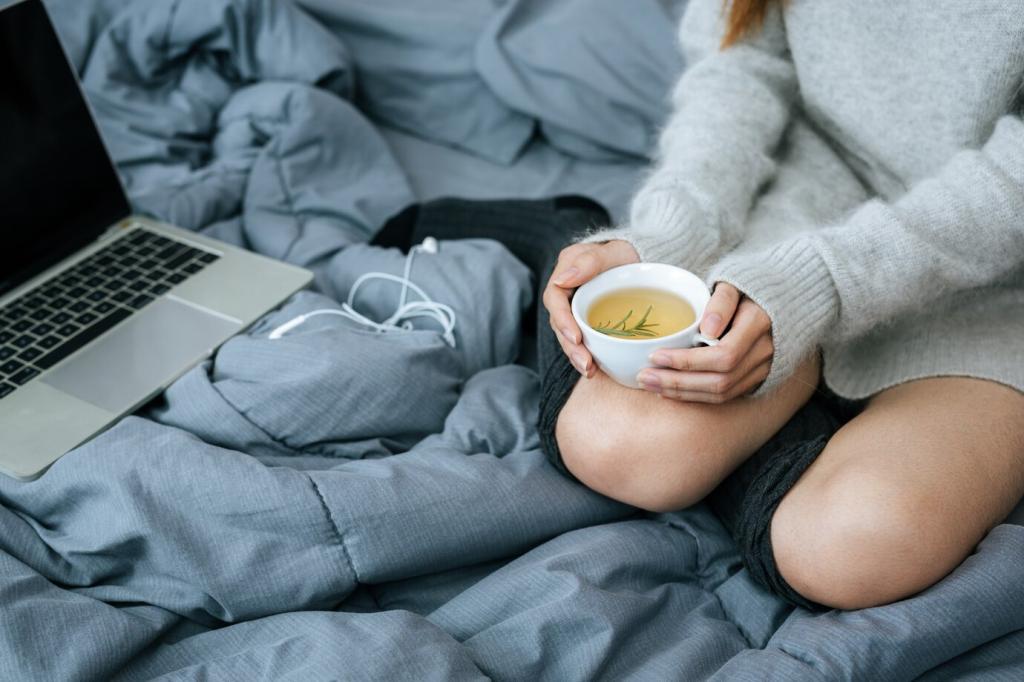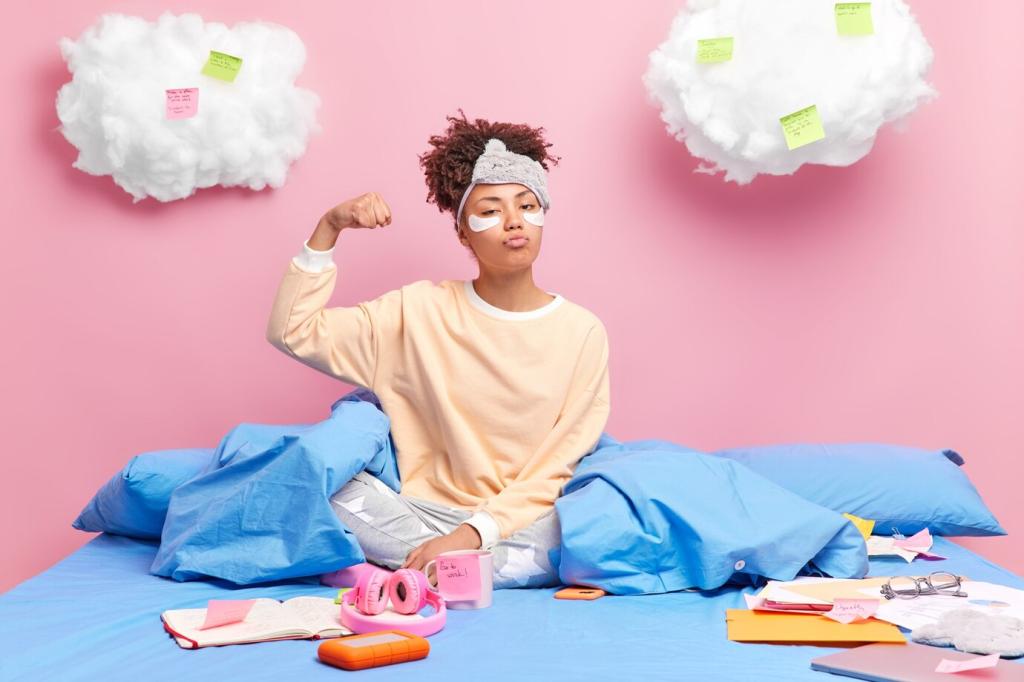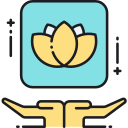Breathe In: Guided Relaxation Practices for a Calmer You
Foundations of Guided Relaxation Practices
Your breath is a built-in metronome for calm. In guided relaxation, we count, lengthen, and soften each inhale and exhale to gently cue the parasympathetic system. Try a four-count exhale tonight and tell us how your body responds.
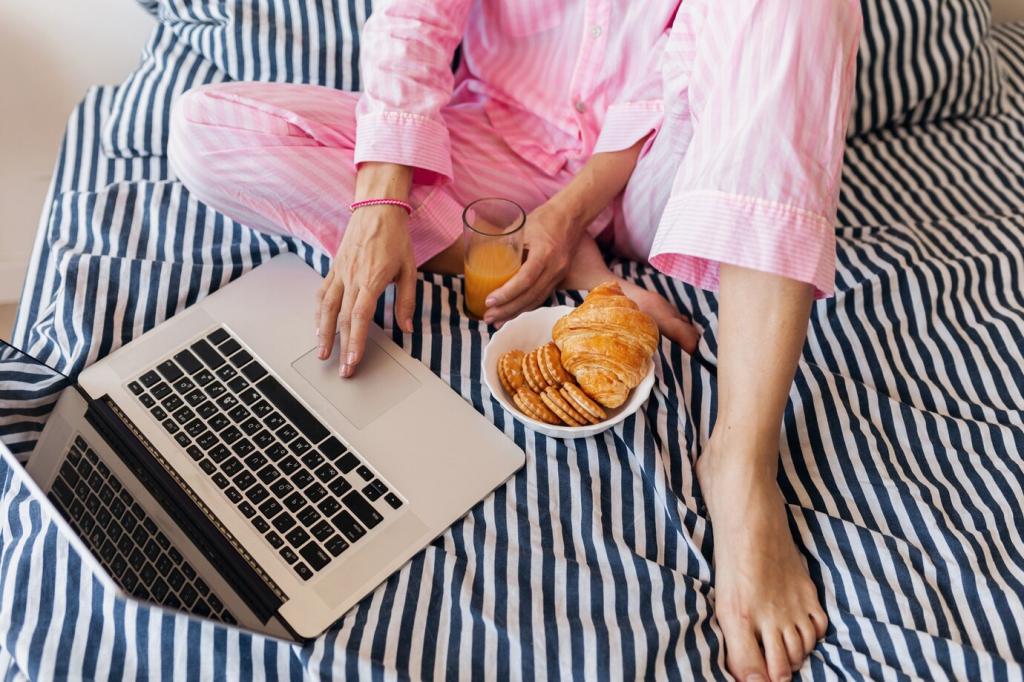

Foundations of Guided Relaxation Practices
A body scan invites attention from toes to crown, noticing sensations like warmth, tingling, or heaviness. The guide’s voice models curiosity instead of criticism. Comment with the area that surprised you most during your last scan.
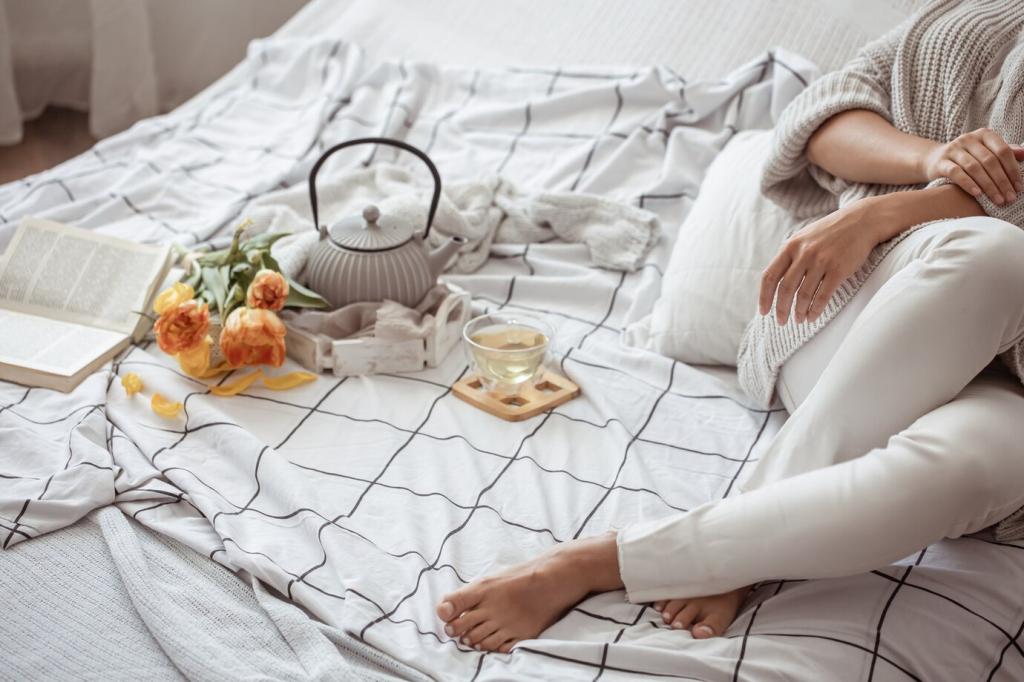
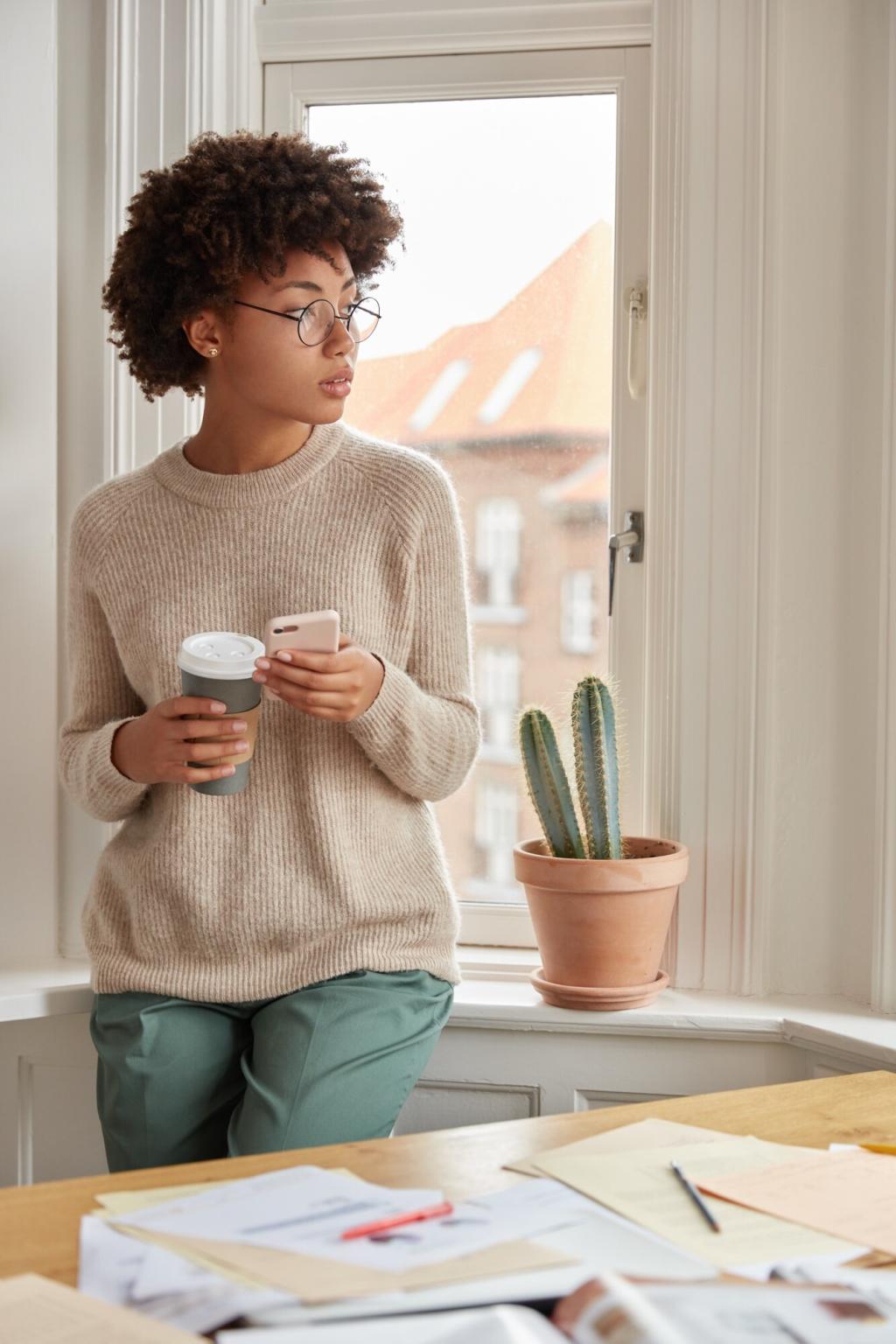
The Science of the Relaxation Response
When a guide slows pacing and lengthens exhalations, the vagus nerve helps shift you toward parasympathetic dominance. Shoulders drop, the jaw unhooks, and digestion quietly resumes. Notice any subtle shifts and tell us what changed first for you.
The Science of the Relaxation Response
Studies show consistent guided relaxation can improve sleep latency, reduce perceived stress, and support blood pressure regulation. Many readers track results with wearable devices and simple journals. Consider pairing both and share your before-and-after impressions.
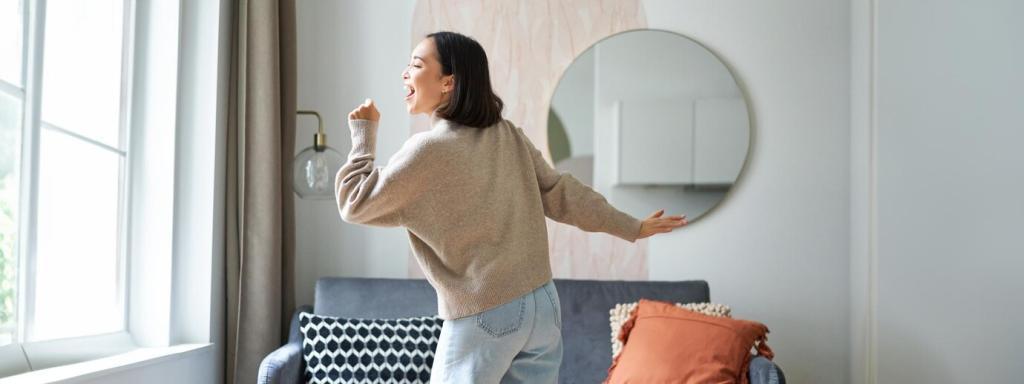
Soundscapes that Guide without Distracting
Choose soft, steady textures like rain, distant waves, or low piano to support the guide’s voice. Keep volume just behind the narration, never competing. Test two tracks this week and tell us which sound helped your breathing settle fastest.
Lighting, Scent, and Temperature
Dim, warm light relaxes the eyes; a neutral candle or lavender hints at safety; a light blanket signals coziness. Slightly cooler rooms encourage deeper breathing. What tiny environmental change gave you the biggest calm return? Share your discovery.
Posture, Props, and Comfort
A folded blanket under knees, a pillow behind the low back, or an eye mask can transform comfort. Guides may cue micro-adjustments to avoid numbness. Experiment tonight and report back which prop made your body sigh with relief.
A 10-Minute Guided Relaxation You Can Try Today
Minutes 0–3: Arrival and Softening
Close eyes or lower gaze. Notice the ground holding you. Inhale through the nose, exhale slowly through the mouth. The guide invites shoulders down, tongue relaxed, hands unclenched. Let the exhale be a quiet release, like air leaving sails.


Minutes 4–7: Body, Breath, and Gentle Imagery
Follow a spacious body scan, then imagine a calm place—sunlit window, shady tree, quiet shoreline. The guide pairs images with breath counts, four in and six out. If the mind wanders, simply return to the voice and the next exhale.
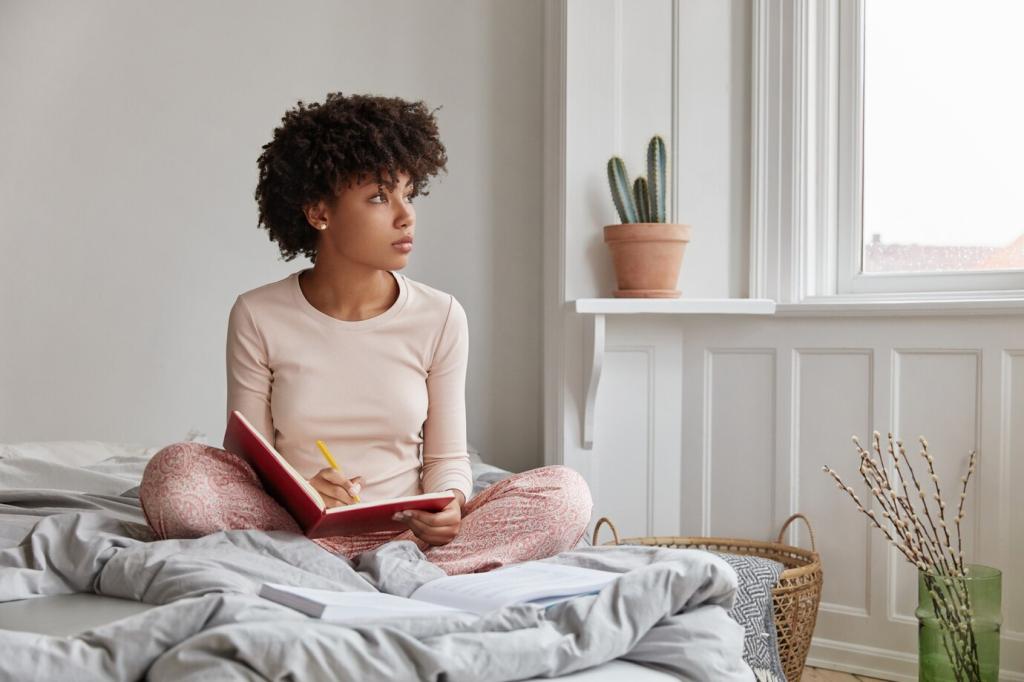
Before: Spinning Thoughts and Sleepless Nights
Maya’s mind replayed alarms and hallway footsteps long after work ended. She tried scrolling, warm milk, even late-night cleaning. A friend sent a six-minute guided relaxation. Skeptical but exhausted, she pressed play and followed the first slow exhale.
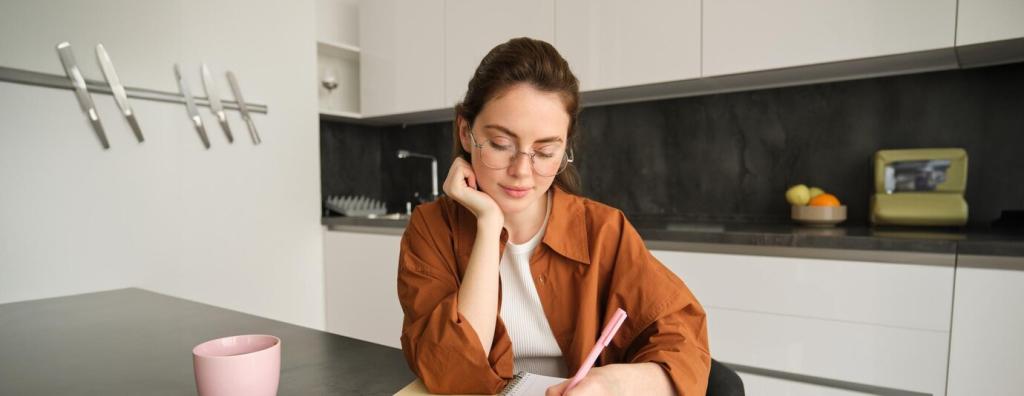
During: The Unexpected Power of a Calm Voice
The guide’s steady cadence felt like someone turning dimmers in her body. Jaw softened, shoulders lowered, breath deepened. When thoughts returned, the voice said, “that’s okay,” and she believed it. Share the phrase your favorite guide uses that calms you instantly.
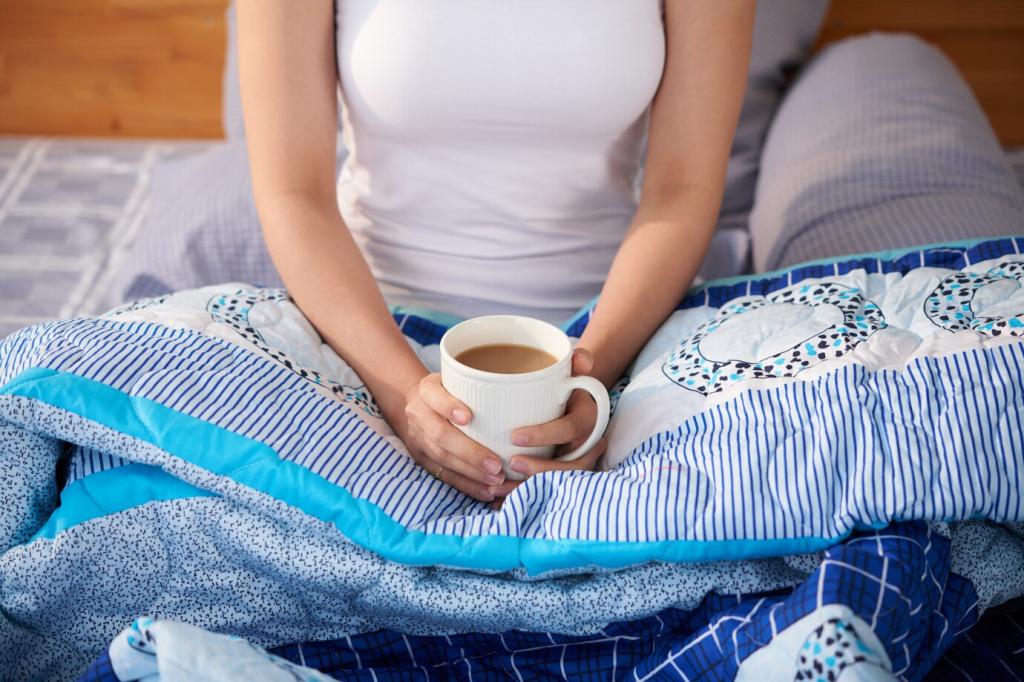
After: Small Rituals, Big Shifts
Two weeks later, Maya paired a body scan with a warm shower and ten breaths before bed. Sleep came faster; mood steadied at work. She now leaves comments after each session to track patterns. Try it and report your own change.
Making Guided Relaxation a Daily Ritual
Three breaths before opening email. A two-minute scan while the kettle warms. A five-minute reset in the parked car. These tiny anchors add up. Share your favorite micro-session so we can feature it in our community roundup.
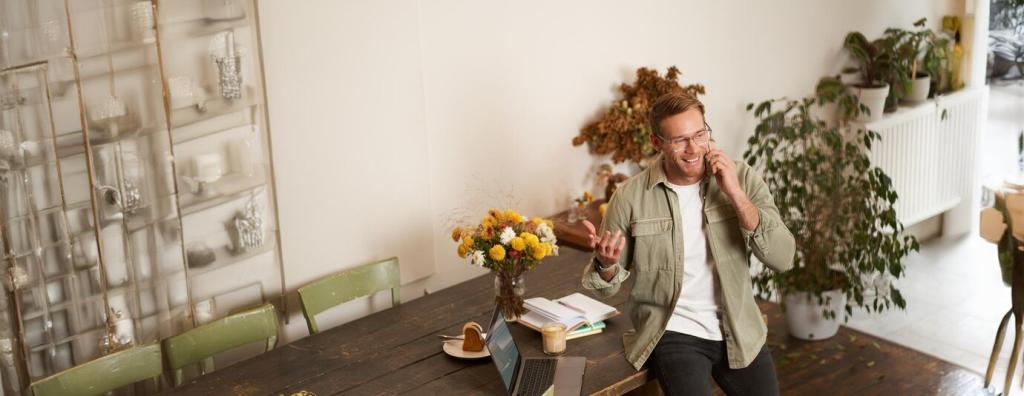
Troubleshooting and Personalizing Your Guidance
Pick a guide who repeats simple cues and uses longer pauses. Let thoughts pass like pedestrians behind glass. If needed, count breaths or lightly name sensations. Tell us which cue helps you rejoin the practice without frustration.
Troubleshooting and Personalizing Your Guidance
Try seated posture, cooler room, or eyes softly open. Choose daytime sessions and shorter tracks. Some people benefit from gentle finger taps to stay present. Experiment this week and share what kept you relaxed yet awake.
